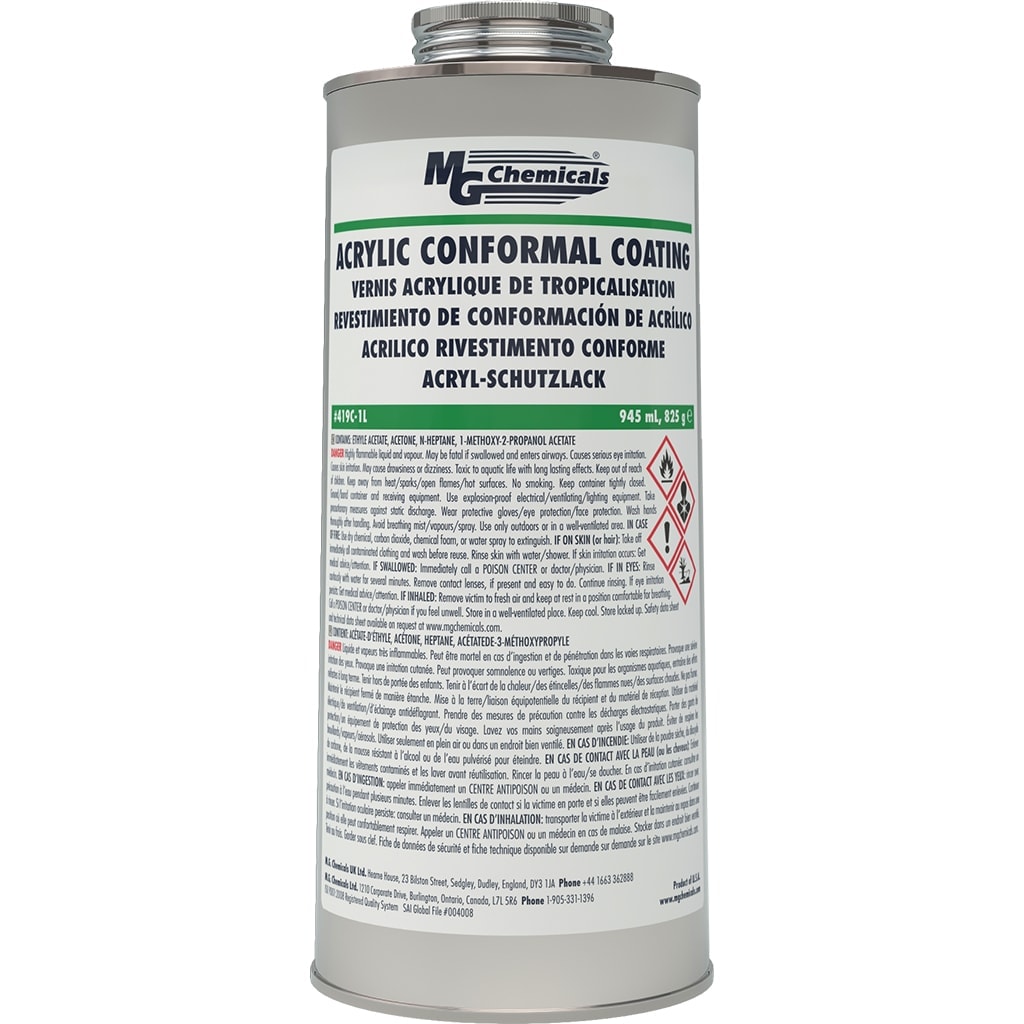The chart shows that a 50 micron thickness of acrylic conformal coating,as also a 2mm thick silicone resin coating ,will not be as protective as a 2 mm thick PU resin coating .In contact with corrosive gases the LED device will lose about 20% of output ,not because of the light absorption by the coating ,but by the tarnishing thatWhy? It doesn't really explain that the chart is after any effect? Or is that on a clean surface?
You might not "need"PU coating since the environment isn't that harsh, but if it's not losing 15% of the light it would seem a much better material for coating our leds. If we could pry off the original silicon coating that is.
the corrosive environment will cause to the internal reflector of the LED device.
Light absorption is greater in the case of silicone and PU coatings ,as both have a thickness of 2 mm,whereas the
acrylic coating is 40 times thinner.
Acrylic conformal coating is the best DIY option available ,in many aspects
( price,ease of application,curing,protection,light output losses and CCT shift,etc).
At least for our purpose ,of protecting the LEDs operating in the average environment of the artificial horticulture.

